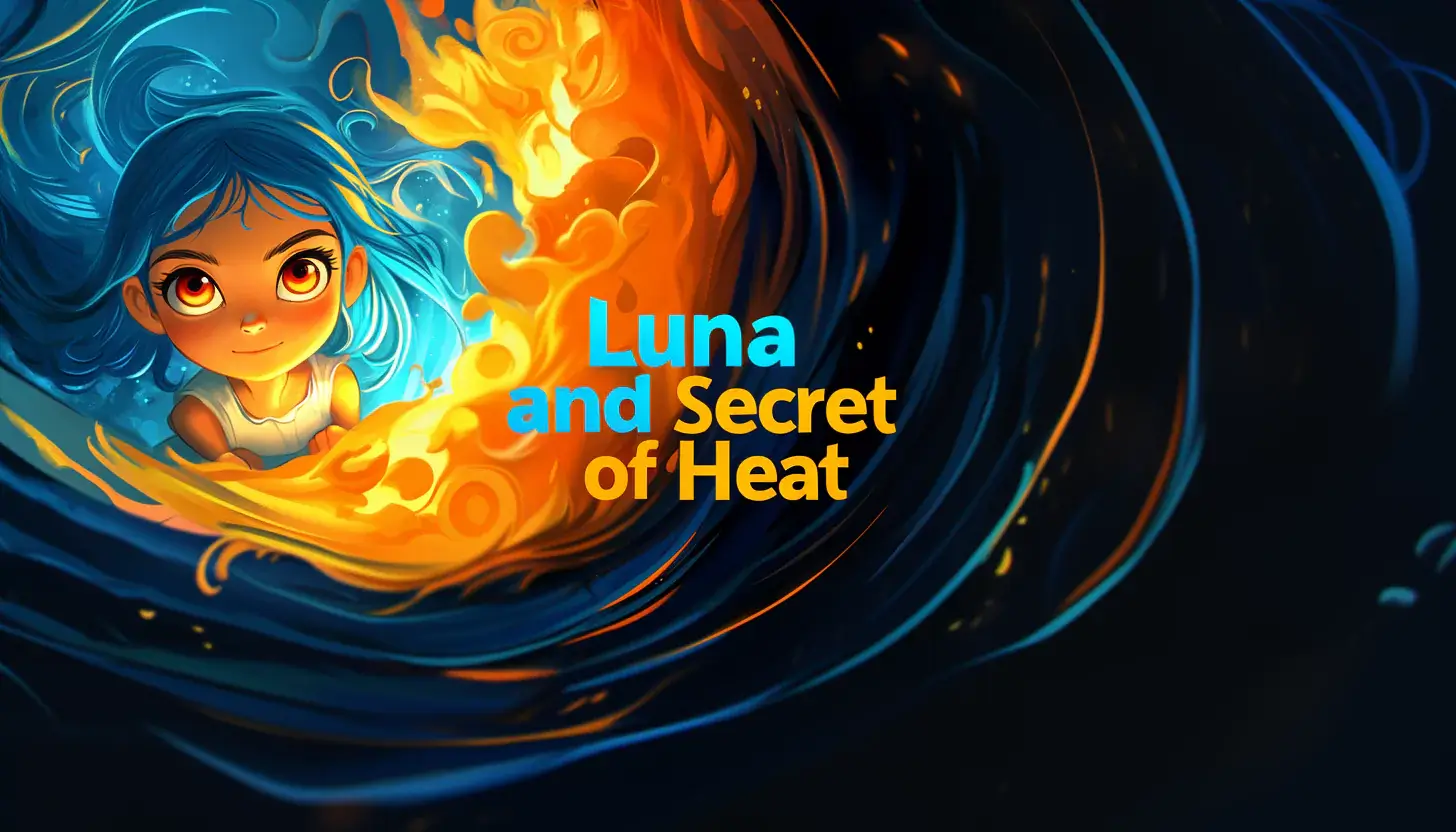In a cozy village surrounded by soft hills and magical forests, there lived a young girl named Luna. Her hair sparkled with shades of deep blue and silver, just like the night sky, and her violet eyes were full of wonder, as if she was always dreaming of new adventures among the stars.
Every night, Luna would head to her little observatory in the backyard. It was a tiny cabin with a telescope and lots of starry books. Even though her telescope wasn’t the biggest or the newest, Luna used it with great care to gaze at the stars and planets.
One evening, while she was reading an old book about the stars, Luna stumbled upon a story that made her eyes widen with excitement: the legend of the Lost Lights. According to the story, these were special stars that seemed to disappear and reappear at strange times. The tale said that if someone found them, they would learn amazing secrets about the universe.
Luna, excited by the mystery, decided she was going to find these Lost Lights. She knew she needed to learn more about stars and why they sometimes seemed to vanish. So, she got ready for an adventure and packed her backpack with her telescope, a flashlight, and a notebook for all her observations.
That night, Luna walked into the nearby forest, which was quiet and peaceful, with only the occasional hoot of an owl breaking the silence. She found a clearing and set up her telescope, looking up at the sky full of twinkling stars.
As she watched, Luna noticed something strange: some stars seemed to blink more than others and sometimes even seemed to disappear for a moment before coming back. She remembered reading that stars can appear to flicker because of the Earth’s atmosphere, but this was different. The stars she saw disappearing didn’t just flicker—they vanished!
The next day, Luna went to the village library to learn more. She found books explaining how the Earth’s atmosphere can make stars look like they’re twinkling or fading. She discovered a cool thing called “atmospheric turbulence,” where layers of air at different temperatures mix, causing the light from stars to bend and make them seem to flicker or disappear.
Luna realized that the Lost Lights were not magical stars but a result of how the atmosphere made stars look like they were vanishing. She was excited to solve the mystery and wanted to share what she had learned with everyone.
One day, while exploring the forest again, Luna discovered an old, abandoned observatory. It was covered with moss and vines, but inside, she found old star maps and instruments. She set up her telescope and used the ancient tools to observe the stars from this special place.
After several nights of careful observation, Luna matched the star positions on the old maps with the stars that seemed to blink and vanish. She learned that these lights were simply stars whose light was bent by the atmosphere, making them appear and disappear.
Luna wrote down everything she had discovered in a detailed report. She explained how the stars looked like they were disappearing because of the way the Earth’s atmosphere affected their light. It wasn’t a magical mystery but a fascinating part of how the universe works.
When she returned to her village, Luna shared her findings with everyone. She organized a special night where everyone could look at the stars and learn about the atmosphere and its effects on starlight. It was a magical evening filled with awe and discovery.
And so, Luna showed that with curiosity, hard work, and a little bit of exploration, even the most puzzling mysteries of the universe can be understood. Every night, as she looked up at the starry sky from her garden, Luna smiled, knowing she had unlocked the secret of the Lost Lights.








